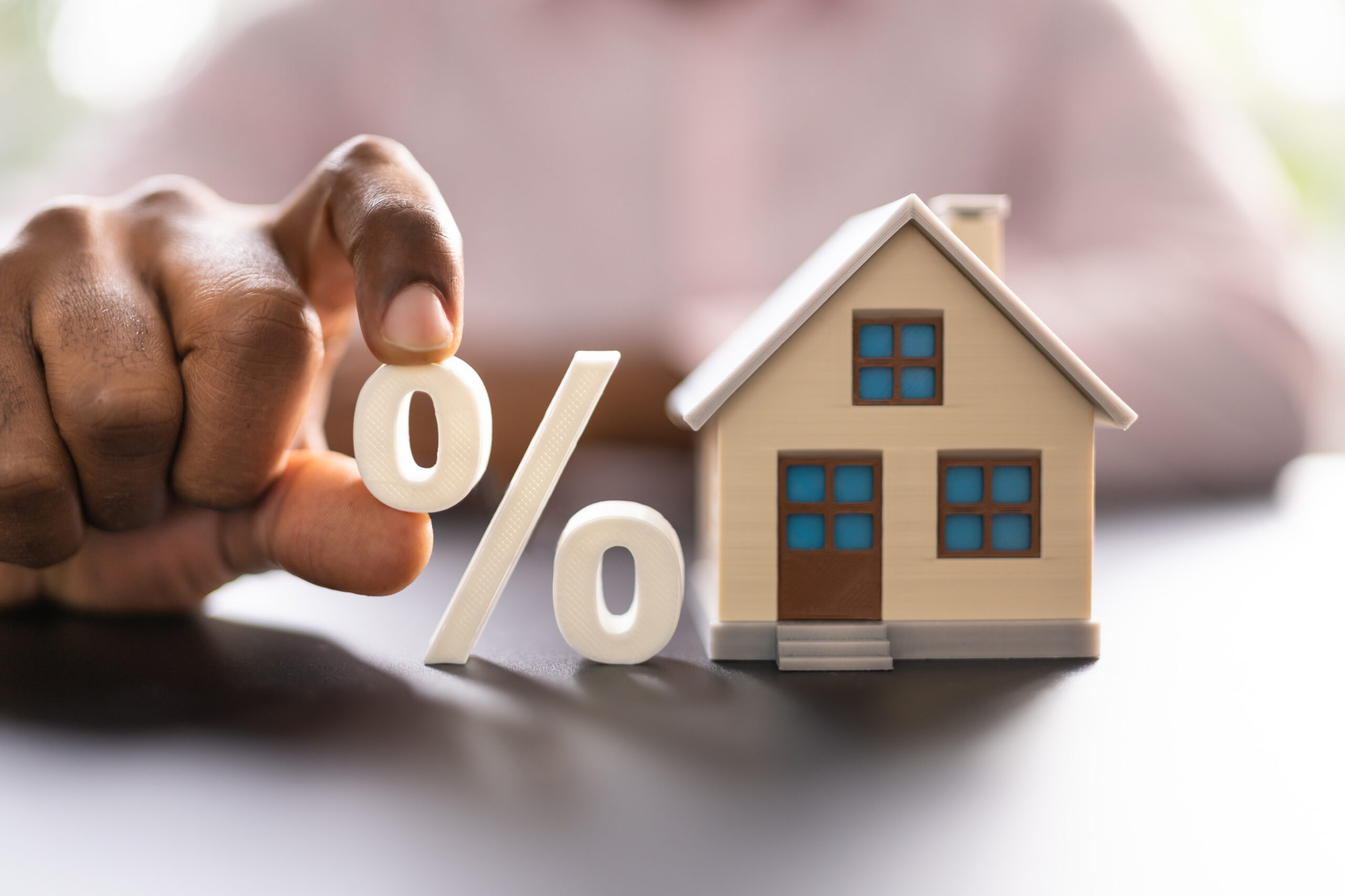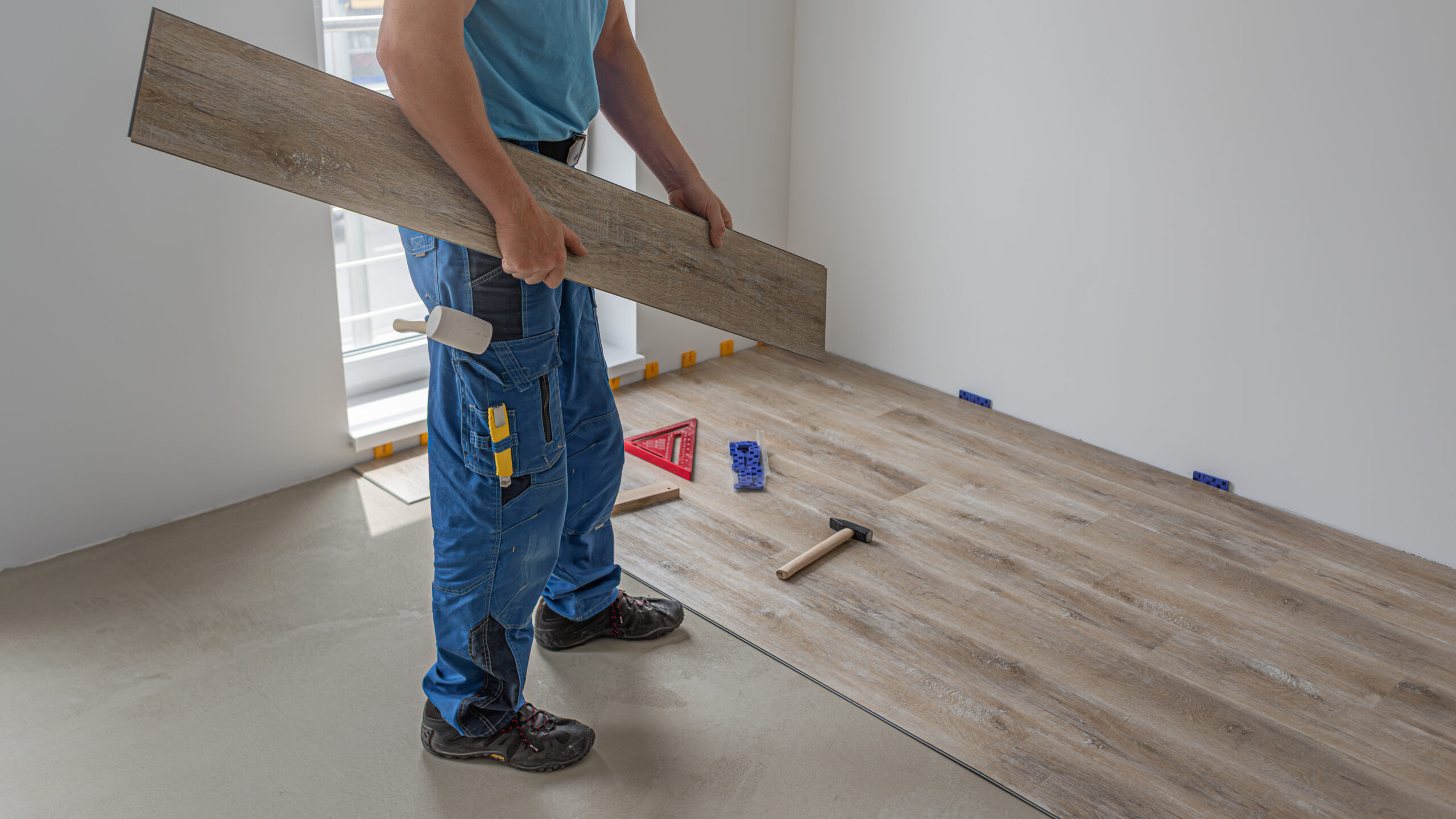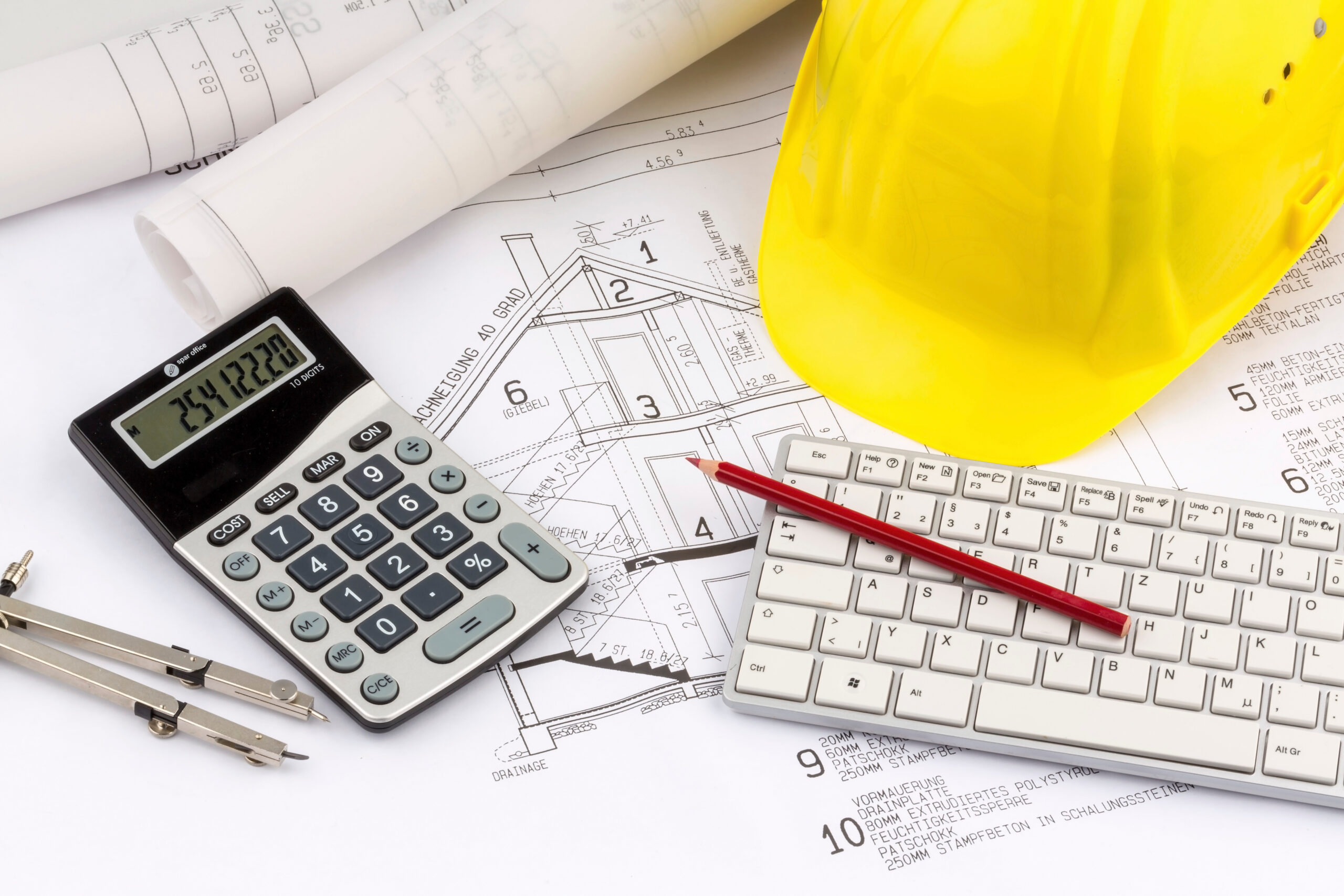How are today’s elevated interest rates reshaping the mindset and decisions of first-time homebuyers? What psychological and financial effects are interest rates having across different housing markets? Can creative strategies help buyers overcome the uncertainty caused by fluctuating interest rates?
This piece examines how rising interest rates have transformed the way new buyers approach homeownership. With rates holding steady between 6–7%, first-time buyers are showing greater hesitation—not because they can’t afford homes, but because they’re unsure when to act. The blog explores how these interest rates influence buyer confidence, delay purchasing decisions, and shift demand toward move-in-ready properties and fixed-rate mortgages. It also highlights how generational and psychological factors—such as “regret paralysis” and loss aversion—are shaping a new era of cautious optimism among potential homeowners.
The article goes beyond statistics to explain the deeper emotional and behavioral patterns driving this shift. It discusses how builders and lenders are responding with creative solutions, such as rate buydowns, streamlined processes, and stability-focused incentives, to help buyers adapt to current interest rate conditions. Despite challenges, the piece emphasizes long-term opportunity: homeownership remains one of the most effective paths to wealth building. As interest rates continue to fluctuate, those who act strategically—balancing timing, affordability, and confidence—are poised to thrive in the evolving housing landscape.
Having worked in the housing industry for over a decade, I’ve witnessed firsthand the dramatic shifts in buyer behavior as we navigate this challenging period of elevated borrowing costs. With interest rates consistently hovering in the 6–7% range, we’re seeing an unprecedented landscape that’s reshaping how first-time homebuyers approach their purchasing decisions and recalibrating their expectations around affordable housing.
What strikes me most about our current market is the distinct pattern I’m observing across diverse geographic regions. Whether we’re talking about high-cost metropolitan areas or more affordable suburban markets, the psychological impact of these interest rates and general economic uncertainty is creating remarkably similar behavioral responses among potential first-time buyers. In this article, we’ll explore how buyer hesitation isn’t born from a lack of desire for homeownership, but something much deeper and more complex.
Table of Contents:
The Current Reality for First-Time Buyers
The Psychology Behind Buyer Hesitation
What Buyers Really Want to See
Controlling What Can Be Controlled
The Current Reality for First-Time Buyers
In my daily interactions, I regularly encounter a paradox that defines our current market. There are qualified buyers everywhere, and the demand remains robust. Yet decision-making has slowed to a crawl in ways I haven’t seen before. According to the latest Bank of America Homebuyer Insights Report, 60% of prospective buyers say they’re unsure whether now is a good time to buy a home: the highest level of uncertainty in three years.
This uncertainty manifests differently than previous market downturns I’ve experienced. During the 2008 financial crisis, buyers largely disappeared because they couldn’t qualify for loans or were genuinely concerned about job security. Today’s scenario is fundamentally different. First-time homebuyers have been more resilient than many feared in the tight housing market of the past few years, maintaining strong credit profiles and steady incomes.
What I’m seeing instead is qualified buyers who can afford homes but are paralyzed by the decision-making process. They’re not lacking the financial means; they’re lacking confidence in the timing. About 75% of prospective homebuyers expect both prices and interest rates to fall, and they’re waiting for those conditions to improve before making a move. This represents a significant shift from 62% in 2023, indicating that waiting has become the predominant strategy.
The demographic data tells an equally compelling story about who’s actually making it through the purchasing process. The typical first-time homebuyer is 38, up three years from 2023. That’s a stark increase from the 1980s, when the typical first-time homebuyer was in their late 20s. This aging trend reflects the reality that it’s taking longer for buyers to feel financially prepared and confident enough to make their move in this interest rate environment.
The Role of Interest Rates
To understand why current rates feel so destabilizing, we need to acknowledge the psychological baseline that’s been established over the past decade and a half. The historic average low of 2.65% recorded in January 2021 created expectations that many buyers are still anchored to, making today’s 6–7% range feel dramatically expensive even though historical context tells a different story.
I frequently remind clients that historically, mortgage rates around 7% to 8% have been totally normal, and from the 1970s through the 1990s, such rates were more or less the norm, with a massive spike in the early 1980s when rates exceeded 18%. However, this historical context provides little comfort to first-time buyers who entered their home-buying journey expecting the ultra-low rates of the recent past to continue indefinitely.
The speed of the transition makes the current environment particularly challenging. The average 30-year rate jumped from 3.22% in January 2022 to a high of 7.08% at the end of October 2022, representing an increase of nearly 400 basis points in ten months. This rapid escalation didn’t give buyers time to adjust their expectations or financial plans gradually.
The psychological impact of this rate environment extends beyond simple affordability calculations. When I talk to first-time buyers today, they’re not just concerned about their monthly payment; they’re worried about making what feels like a permanent financial commitment in a volatile environment. While many believe rates will eventually move into the 5% range, I think borrowers should expect them to remain between 6% and 7% for the foreseeable future.
The Psychology Behind Buyer Hesitation
In my experience, the current hesitation among first-time buyers runs much deeper than simple financial calculations. While affordability remains a significant factor, what I’m observing is a more complex psychological dynamic at play.
The decision to purchase a home has always been emotionally charged, but today’s environment has amplified the anxiety significantly. Most people find the home-buying process stressful, with anxiety levels remaining consistently high across generational lines. What’s different now is the source of that stress: it’s not just the complexity of the transaction but the fear of making an irreversible mistake in an uncertain market.
I’ve noticed that potential buyers are experiencing what I call “regret paralysis.” This is a fear that they’ll look back on their decisions as poorly timed if rates drop or prices fall after their purchases. This psychological barrier is perhaps more powerful than any financial obstacle because it taps into fundamental human decision-making biases. The biggest purchase of someone’s lifetime naturally triggers loss aversion, but the current environment has magnified this effect exponentially.
The distinction between financial hesitation and emotional hesitation has become increasingly clear in my client interactions. Many of the potential buyers I talk to have run the numbers, understand the monthly payments, and can technically afford the home. Their hesitation isn’t about the math; it’s about the uncertainty. They’re asking questions like “What if I wait six months and rates drop?” or “What if I buy now and the market crashes next year?”
What we have in today’s market is countless buyers who understand the technical aspects of their situation but struggle with the broader implications.
What Buyers Really Want to See
Through countless conversations with hesitant buyers, I’ve identified several key factors that would increase their comfort level when making a purchase decision in this environment. The common thread across all these desires is a need for reduced uncertainty and increased predictability.
First and foremost, buyers are seeking clarity and stability in the overall process. They want to understand not just what they’re paying today, but what they can expect moving forward. This includes transparent communication about potential rate changes, market trends, and realistic timelines for various scenarios. When buyers feel like they have a complete picture, they’re more likely to move forward even if the current conditions aren’t perfect.
The appeal of move-in-ready properties has increased dramatically. Buyers don’t want to add renovation uncertainty on top of rate uncertainty. They’re gravitating toward homes that include modern appliances, updated systems, and recent improvements because they eliminate additional decision-making and unexpected costs during an already stressful time.
I’ve also observed increased interest in neighborhoods that offer long-term lifestyle stability. Buyers are thinking beyond just the immediate purchase and considering factors like job markets, transportation infrastructure, school quality, and community amenities. They want to feel confident that even if market conditions change, they’ve chosen a location that will serve their needs for the foreseeable future.
The desire for financial predictability has led to increased interest in fixed-rate mortgages over adjustable-rate options, even when ARMs might offer initial savings. Most homebuyers prefer fixed-rate loans because their monthly mortgage payments remain relatively constant throughout the life of the loan. In uncertain times, the premium for predictability becomes worth it for most first-time buyers.
Controlling What Can Be Controlled
As someone working directly with builders and developers, I’ve witnessed a significant shift in how the industry is responding to buyer hesitation in this challenging environment. While we cannot influence Federal Reserve policy or control macroeconomic factors affecting interest rates and affordable housing availability, we can absolutely control the buyer experience and reduce uncertainty wherever possible.
Many builders are stepping up with creative solutions to address rate concerns directly. Buyers should look for larger builders interested in selling off their inventory to offer generous incentives, including mortgage rate buy-downs, closing cost contributions, and upgrade allowances. These rate buydown programs effectively lower the buyer’s interest rate for the first few years of their loan, making the monthly payment more manageable during the initial period.
I’ve seen successful implementations of 2-1 and 3-2-1 buydown programs where builders subsidize the difference between the market rate and a lower effective rate for the buyer’s first few years. This approach acknowledges that while rates may eventually decline, buyers shouldn’t have to wait indefinitely for more favorable conditions.
The move toward simplified buying processes has accelerated. Builders are streamlining everything from lot selection to option choices to financing approval. The goal is to remove as many variables as possible from an already complex transaction. When buyers feel like they understand each step and aren’t surprised by unexpected requirements or delays, their confidence increases dramatically.
I’ve also observed successful strategies around included upgrades and comprehensive packages. Rather than asking buyers to make dozens of individual decisions about flooring, appliances, fixtures, and finishes, many builders are offering curated packages that include desirable features at a predetermined price. This approach reduces decision fatigue and provides clearer value propositions.
Looking Ahead
Despite the current challenges with interest rates, affordable housing access, and general economic uncertainty, I remain optimistic about the long-term fundamentals of homeownership. The desire to own a home hasn’t diminished; it’s simply being expressed more cautiously in response to market conditions.
The most successful homebuyers aren’t the ones who timed the market perfectly. They’re the ones who made a move, stuck with it, and built equity over time. This wisdom becomes particularly relevant in our current environment, where perfect timing may be impossible to achieve.
Looking at demographic trends, the underlying demand for homeownership remains strong. Gen Z home buyers are driven by the wealth-generation opportunities of owning a home and the chance to invest in their future. To them, owning a home is more than just avoiding rent or moving out of their parents’ house; it’s about establishing roots and achieving a sense of accomplishment.
Potential buyers must understand that homeownership is a long-term wealth-building strategy rather than a short-term market play. While current rates may feel elevated compared to recent historical lows, they remain reasonable by broader historical standards and shouldn’t prevent qualified buyers from pursuing their homeownership goals.
I expect we’ll continue to see innovation in financing options, builder incentives, and property features designed to address buyer concerns. The industry is adapting to meet buyers where they are rather than expecting them to adapt to challenging market conditions alone.
The refinancing option provides an important safety valve for today’s buyers. As the saying goes, you date the rate, but you marry the house. If rates decline significantly in the future, homeowners can refinance to take advantage of better terms while still building equity in their property during the interim period.
For buyers working with builders, there are often additional advantages in terms of rate buydowns, included features, and move-in-ready properties that aren’t available in the resale market. These benefits can effectively offset some of the challenges posed by the current interest rate environment.
The path forward requires balancing realistic expectations with decisive action. While it’s natural for first-time buyers to want perfect conditions, the reality is that there’s no perfect time to buy a home. There are simply different sets of trade-offs in different market environments.
As we move through 2025 and beyond, I believe we’ll see a gradual normalization of buying behavior as people adjust to the new rate environment and realize that homeownership still represents one of the most reliable paths to long-term wealth building. The buyers who move forward with confidence today, supported by the right incentives and guidance, will likely look back on their decisions favorably regardless of short-term market fluctuations.
The housing market will always have cycles, but the fundamental value proposition of homeownership (building equity, gaining stability, and creating a foundation for future wealth) remains unchanged. My advice to qualified buyers is to focus on finding the right home in the right location with the right financing terms, rather than trying to time interest rate cycles perfectly. That approach has served successful homebuyers well throughout decades of varying market conditions, and it will continue to do so in our current environment.




